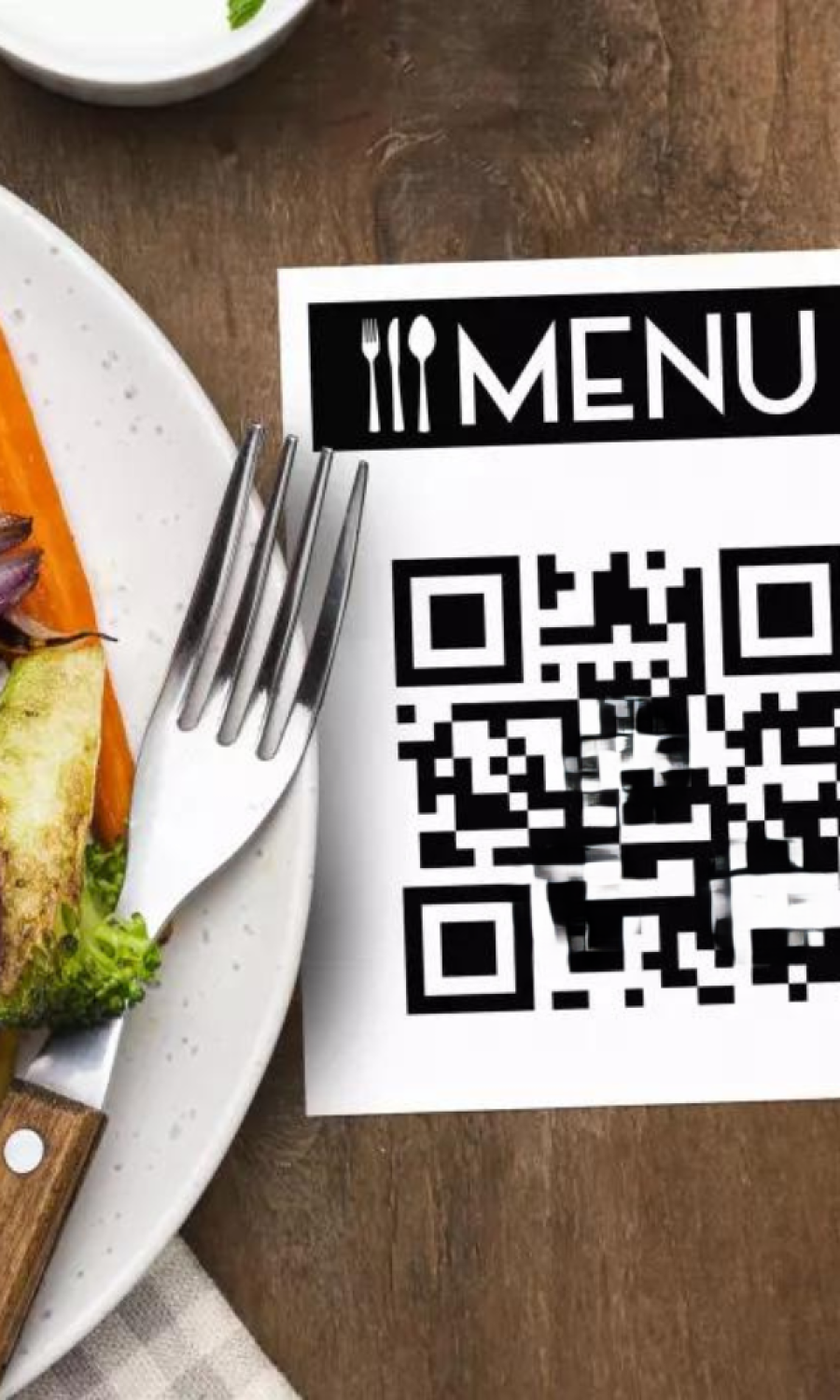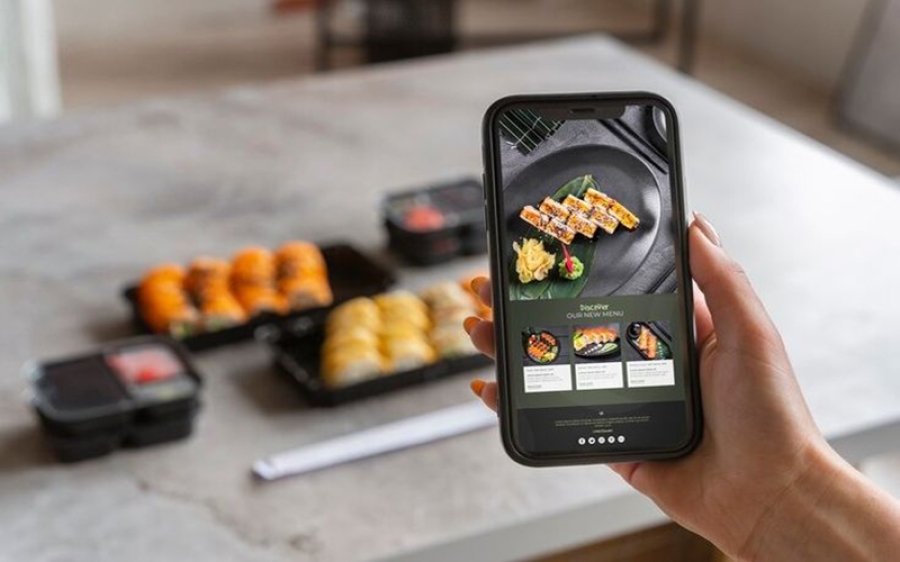QR Codes in Restaurant Menus: Enhancing Dining Experience and Streamlining Operations
In the competitive world of dining, restaurants are continuously seeking innovative ways to improve customer experience, streamline operations, and gain a competitive edge. One technology that has emerged as a game-changer is QR codes for restaurant menus. This article explores the benefits and disadvantages of integrating QR codes into restaurant operations, offering insights into how these versatile tools can transform the dining experience.
Benefits of QR Codes in Restaurant Menus
Enhancing Customer Engagement
QR codes provide a dynamic way to engage customers. By scanning a QR code at their table, diners can access the menu on their smartphones. This interactive element not only reduces wait times for menus but also allows customers to explore the menu at their own pace, leading to a more personalized and engaging dining experience.
Streamlining Menu Updates
QR codes make it incredibly easy for restaurant owners to update their menus. Instead of printing new menus every time there’s a change, restaurants can update their digital menus instantly. This flexibility is particularly beneficial for highlighting daily specials, seasonal dishes, or any price adjustments, ensuring that customers always have the most current information.
Cost and Environmental Savings
Using QR codes for menus can significantly reduce printing costs and the environmental impact associated with paper menus. By minimizing the need for physical menus, restaurants can save on printing expenses and contribute to sustainability efforts. This eco-friendly approach can also appeal to environmentally conscious customers, enhancing the restaurant’s brand image.
Improved Safety and Hygiene
In the wake of health concerns, particularly due to the COVID-19 pandemic, QR codes offer a contactless solution that promotes better hygiene. Customers can avoid touching shared menus, thereby reducing the risk of germ transmission. This added layer of safety can make diners feel more comfortable and secure during their visit.
Disadvantages of QR Codes in Restaurant Menus
While QR codes bring numerous benefits, they also present certain challenges that restaurants must address.
Technical Barriers
Not all customers may have the necessary equipment or technical knowledge to scan QR codes. Some diners, especially older individuals or those without smartphones, might find it challenging to access the digital menu. Restaurants need to ensure they have alternative menu options available to accommodate these customers.
Privacy Concerns
The use of QR codes can raise privacy concerns, as scanning them often involves data collection, such as location and device information. Restaurants must ensure they comply with privacy laws and regulations, providing clear information about data usage and obtaining necessary consents from customers.
Initial Investment and Maintenance Costs
Implementing QR codes requires an initial investment in technology and infrastructure. Ongoing maintenance costs can also be a concern, especially for smaller restaurants with limited budgets. It’s important for restaurants to weigh these costs against the potential benefits to determine the viability of QR code integration.
Conclusion
The integration of QR codes into restaurant menus presents a significant opportunity to enhance customer engagement and streamline operations. The benefits, including improved interactivity, ease of updates, cost savings, and enhanced safety, make QR codes an attractive option for modern restaurants. However, it’s crucial to address the challenges, such as technical limitations, privacy concerns, and the financial implications of adoption, to ensure a seamless and inclusive dining experience. By thoughtfully considering these factors, restaurants can successfully leverage QR codes to modernize their approach to menu presentation, ensuring they remain relevant and efficient in the digital age.








